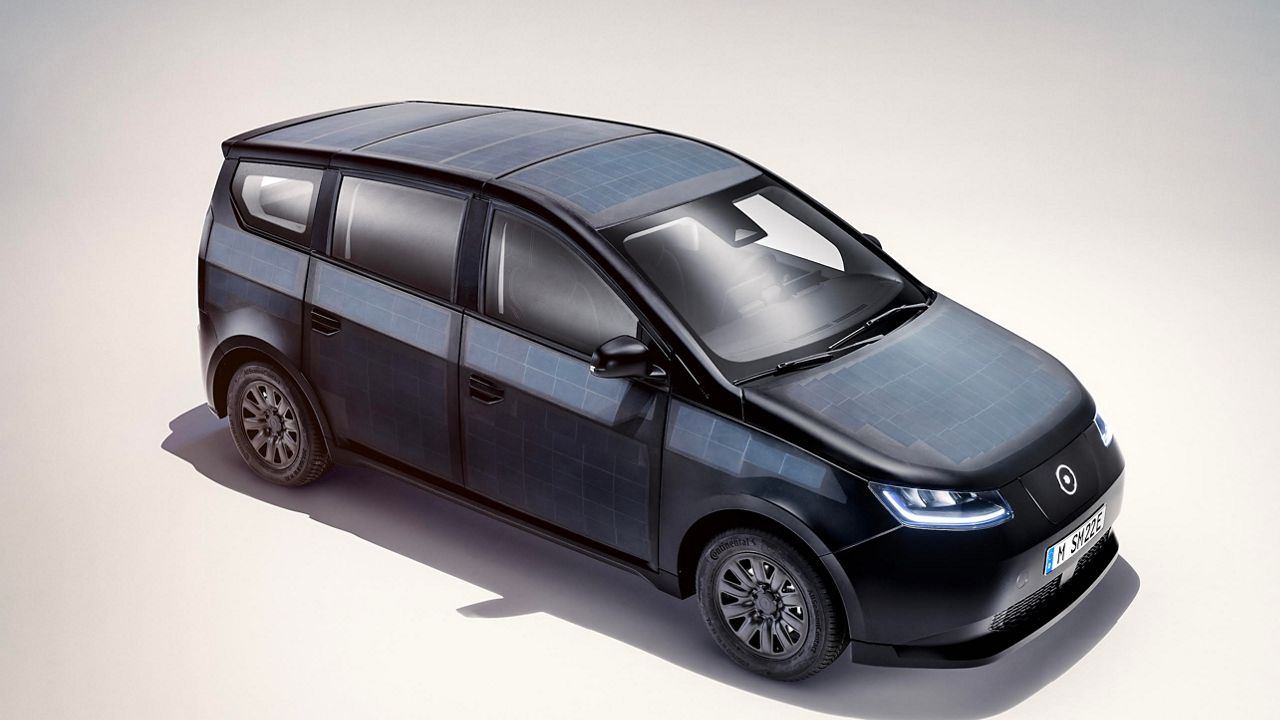VERNON, Calif. — From a distance, the Sono Motors Sion looks like a garden-variety hatchback. But get up close, and it’s clear it’s anything but. The body is carefully-crafted solar panels, and the dashboard uses living moss as an air purifier. It’s all part of the German startup’s plan to pioneer a new category of electric vehicle: The Solar EV, or SEV.
“We want to really be that holistic company who’s trying to have as minimal an impact on the environment as possible,” said Sono Motors co-founder Laurin Hahn, who prototyped an early version of the car in a garage with his childhood classmate Jona Christians 10 years ago in Munich.
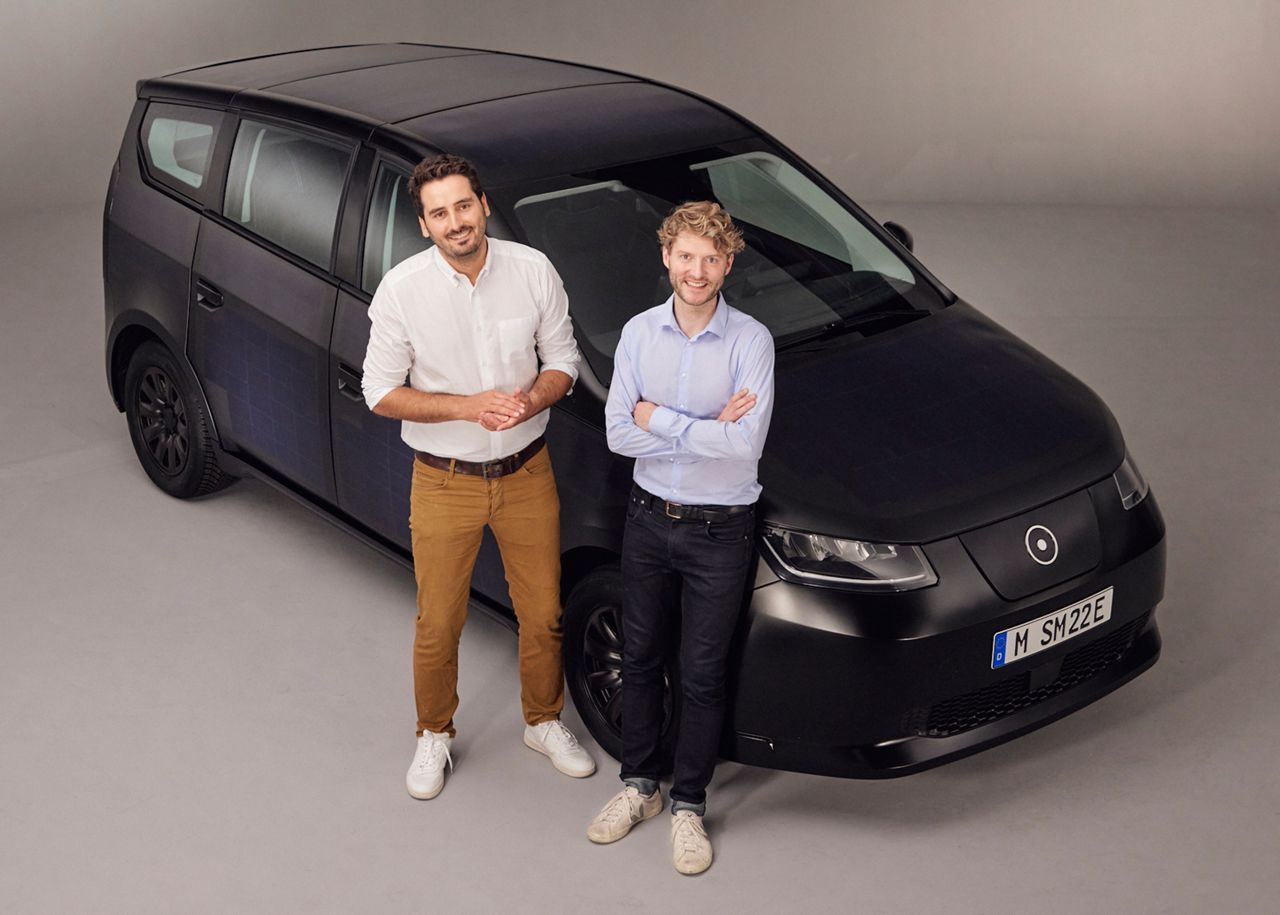
Now Sono Motors is traded on the NASDAQ, and its 10th generation Sion prototype is making the rounds in California. This week it traveled from San Francisco to San Jose to South LA, gauging interest in the concept of solar mobility before the car goes into production late next year. While the Sion is not available for preorder in the U.S. — yet — 20,000 consumers and another 22,000 businesses have reserved the car in Europe.
It’s easy to understand why. With a $25,000 price tag and zero emissions, the five-seat Sion is a car that strives to meet the moment.
“We didn’t want to build a sports car. High premium luxury cars, only a very small amount of people can afford,” Hahn said. “We want to rather build a vehicle which is mass market, which is affordable at $25,000 and is really meant to be that vehicle everyone should have in their driveway.”
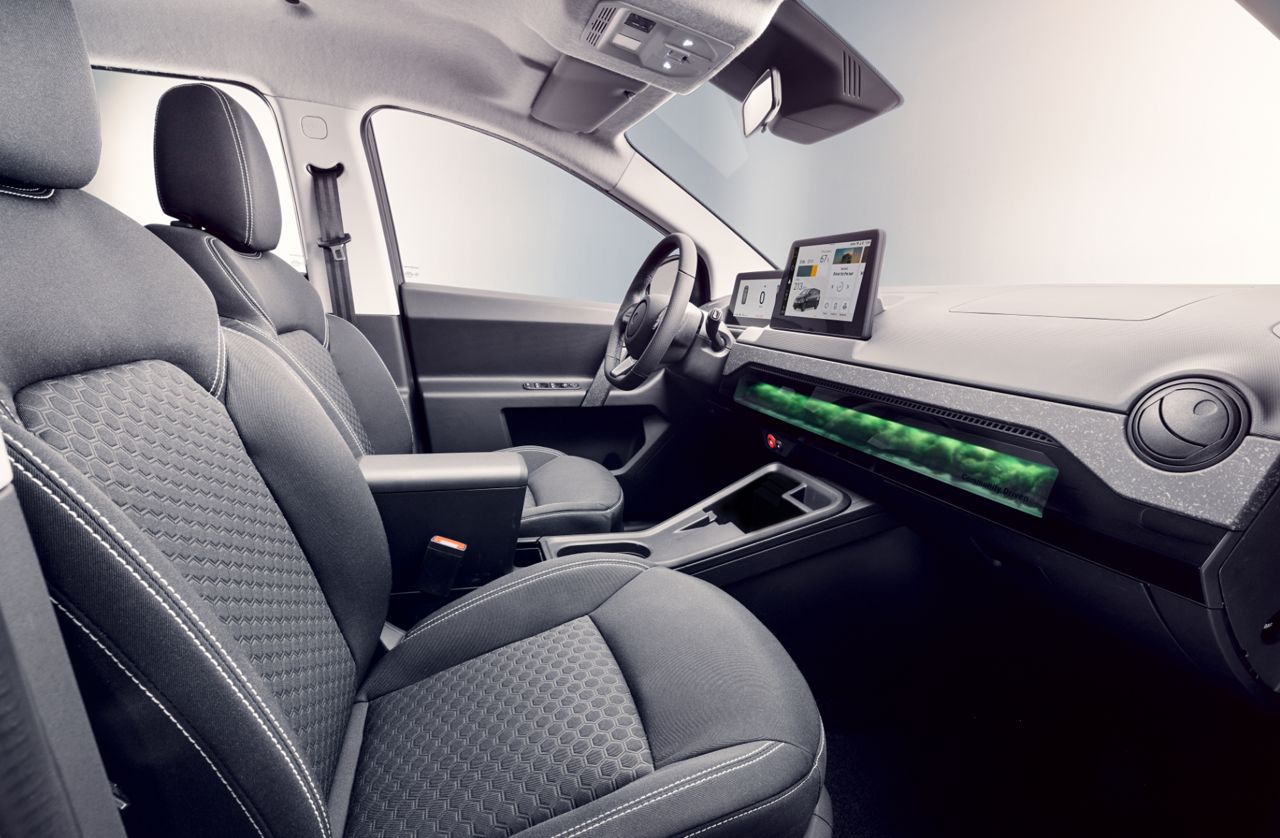
Ham said the company is able to offer the car at such a low price for five reasons. Instead of setting up their own factory, they are working with Valmet Automotive — an established car manufacturer in Finland. Instead of a costly steel frame, the Sion will be aluminum.
There’s no need for a paint shop because the car will be offered in just one color — black — and without any options. The company will also sell its cars direct to consumers instead of through dealerships.
Despite their appearance, the Sion’s solar panels aren’t paint, and they aren’t embedded inside glass. Instead, they are a layered system of injection molded polymer that took five years and 3,000 tests to make flexible and moldable enough for a car.
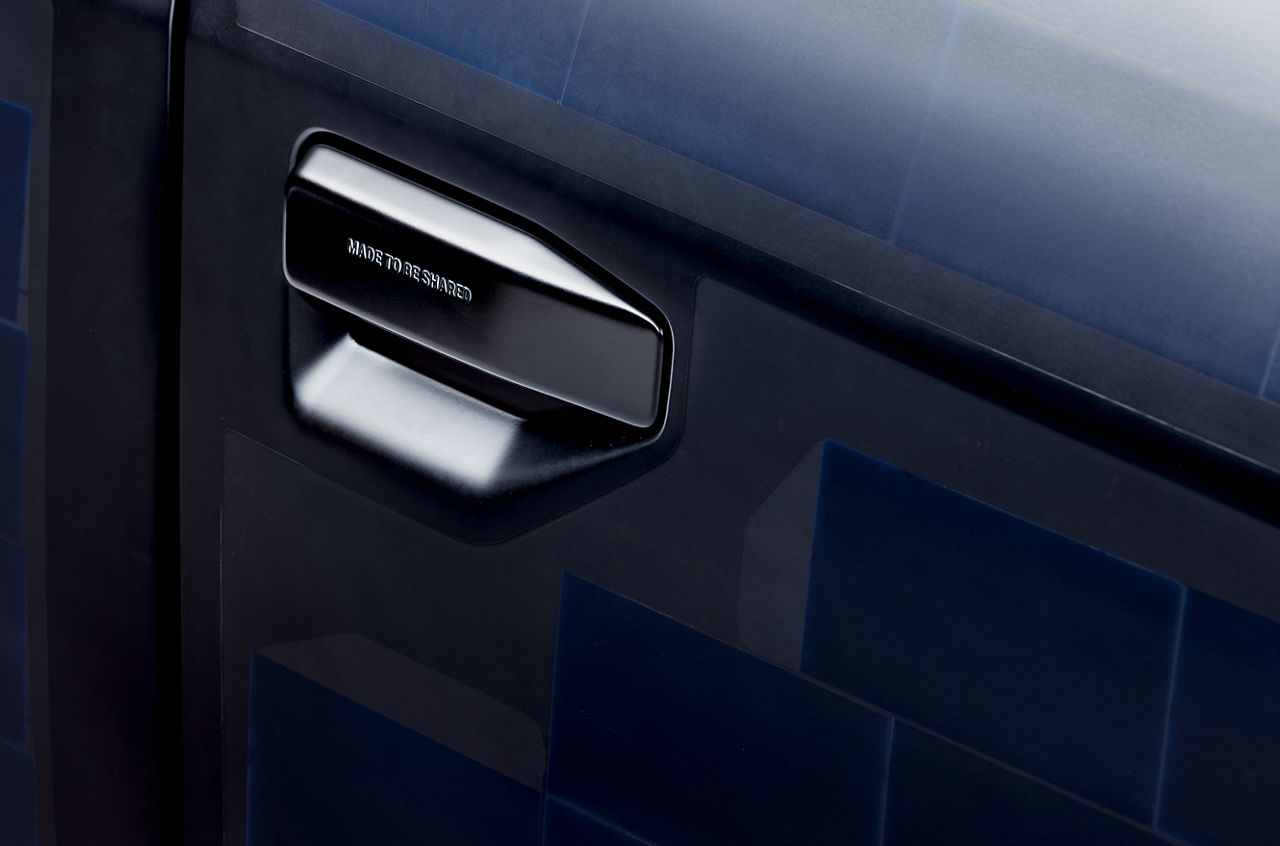
Located on the hood, roof, doors and hatchback, the panels can generate energy from any angle where the sun’s rays are shining or reflected, whether the Sion is moving or stationary. The solar panels, however, are not the main power source for its propulsion.
Its 456 integrated solar half cells can add about 6,000 miles of driving range annually, or 15 miles per day, in a sunny place like SoCal. The rest of its juice comes from plugging into the grid. On a full charge, its 54-kilowatt-hour battery provides 190 miles of travel.
The battery itself isn’t lithium ion but lithium iron phosphate, which can endure three times as many charging cycles and is also easier to source and recycle since it does not contain nickel, cobalt or manganese. In an effort to be as carbon neutral as possible, much of the plastic in the car is also recycled.
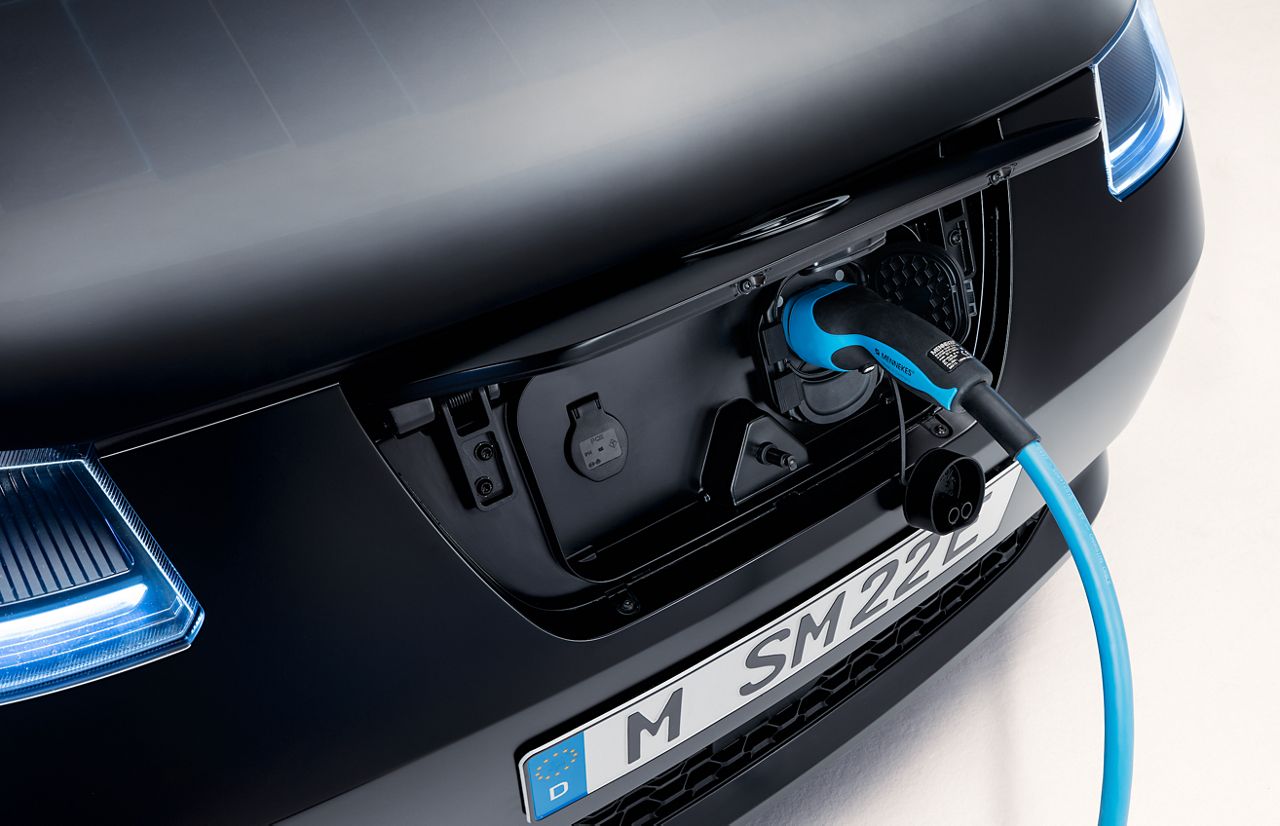
As electric vehicles begin to go mainstream, Sono Motors is capitalizing on their strengths and adding to them. Instead of merely pulling power from the grid, the Sion can send it back with a bidirectional outlet that can power a house and even share it with another electric vehicle. In addition, the car itself can be easily shared between friends, family and strangers through a companion app that negates the need for a key swap.
The Sion interior is spare but packed with information accessible from a 10-inch Android-powered touch screen. It’s there that drivers can see how much energy their solar panels are generating and control how much energy can be sent out of the car’s batteries to the grid, a house or other vehicle.
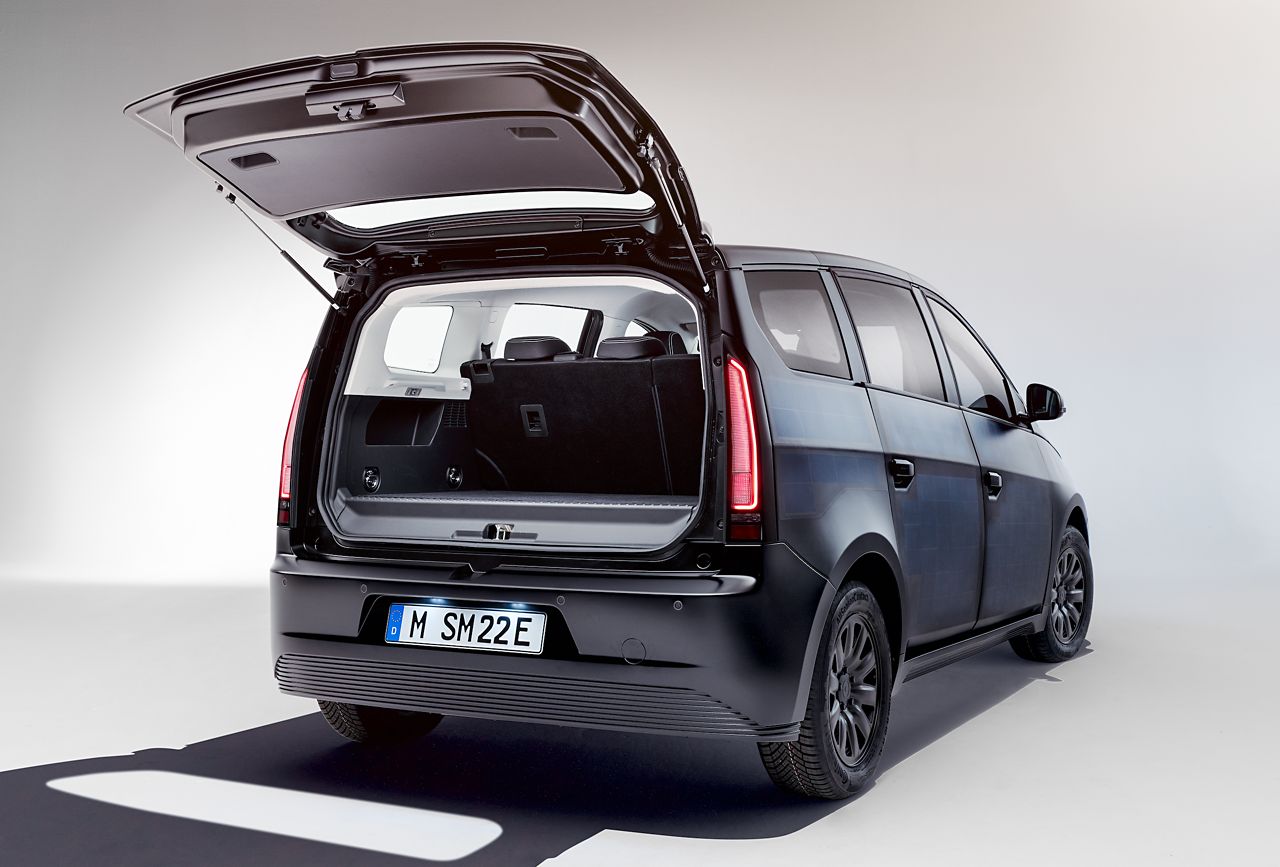
Solar-powered cars are not a new concept. The San Diego startup Aptera Motors has been making a three-wheeled solar vehicle since 2005. Lightyear, based in the Netherlands, also makes a vehicle called the One that sells for 250,000 Euros. Several mainstream automakers are also experimenting with adding solar panels to their vehicles, primarily to power in-car accessories such as infotainment systems.
“It makes just so much sense,” Hahn said. “People ask why didn’t others do that? Why isn’t Toyota doing that or GM? Ten years ago, solar was roughly 80 to 90% more expensive, efficiency was 20 to 30% less. Ten years ago, this car would’ve cost $50,000 or $100,000. Would you buy it? No. But now it’s a time where prices have come down and efficiency went up. That’s exactly the sweet spot.”
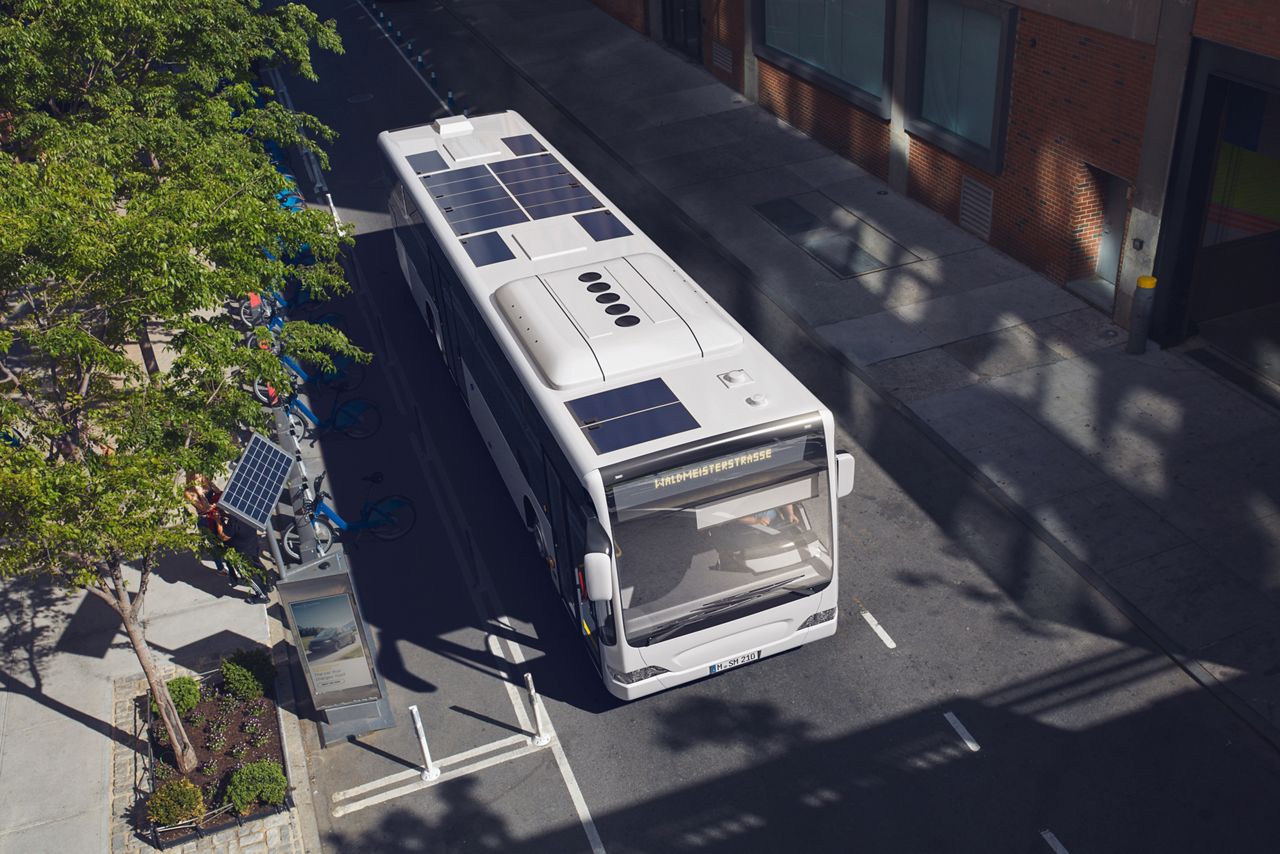
Putting solar on every vehicle is Sono Motors’ vision, not only for cars but commercial vehicles. The company already licenses its solar panels as retrofits for diesel- and electric-powered buses, trucks and delivery vehicles. Sono is currently partnered with 22 companies, including Mitsubishi and the Volkswagen heavy-truck subsidiary Scania. It is also working with a handful of companies in the United States, though it has not made their names public.
The Sion that stopped in the LA area Thursday is the same generation prototype that is currently being tested on the German Autobahn before the car heads to pre-series then series production next year.



